If you had legs in the 1970s, chances are they were clad in flared jeans or bell bottoms at some point. These wide-legged wonders became the unofficial uniform of the decade — a look that transcended music genres, social circles, and even generations. What started as functional naval wear in the early 20th century evolved into one of the most memorable and fun fashion trends of the disco era.
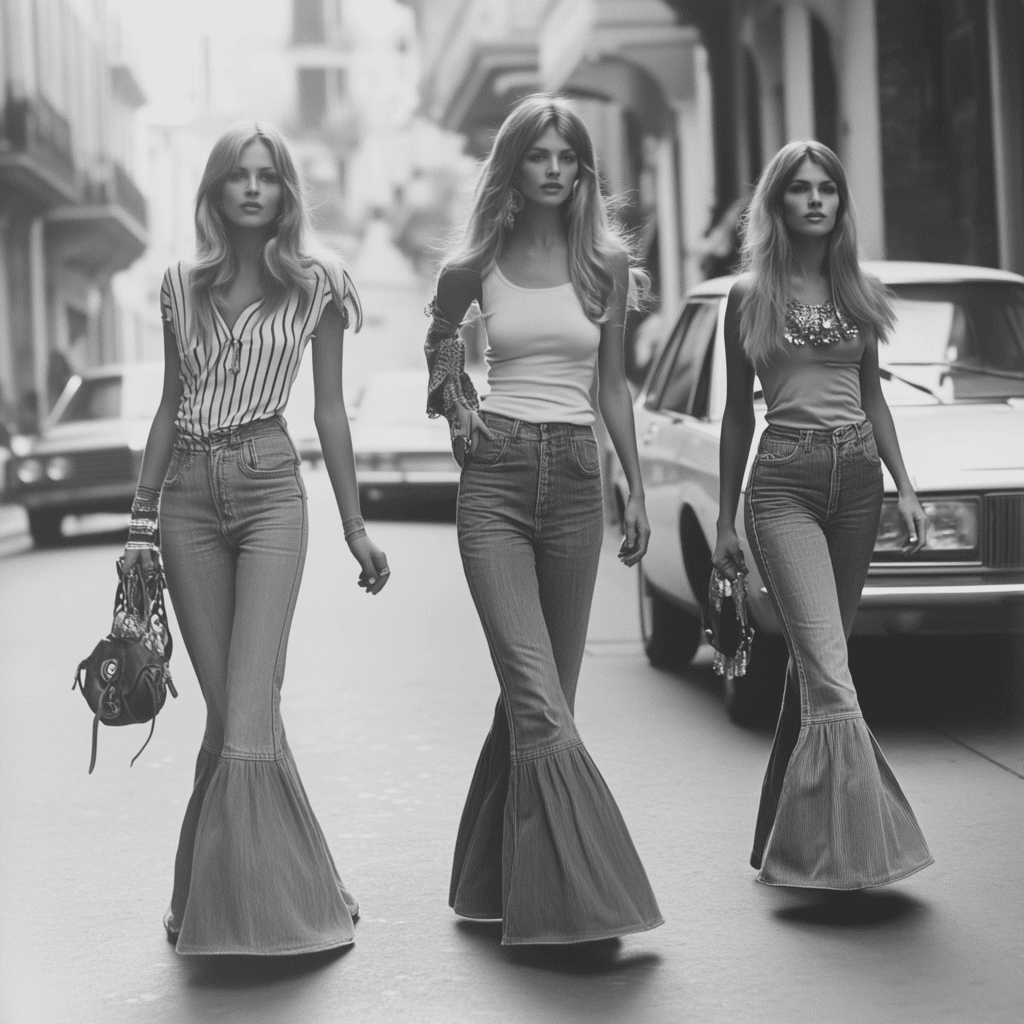
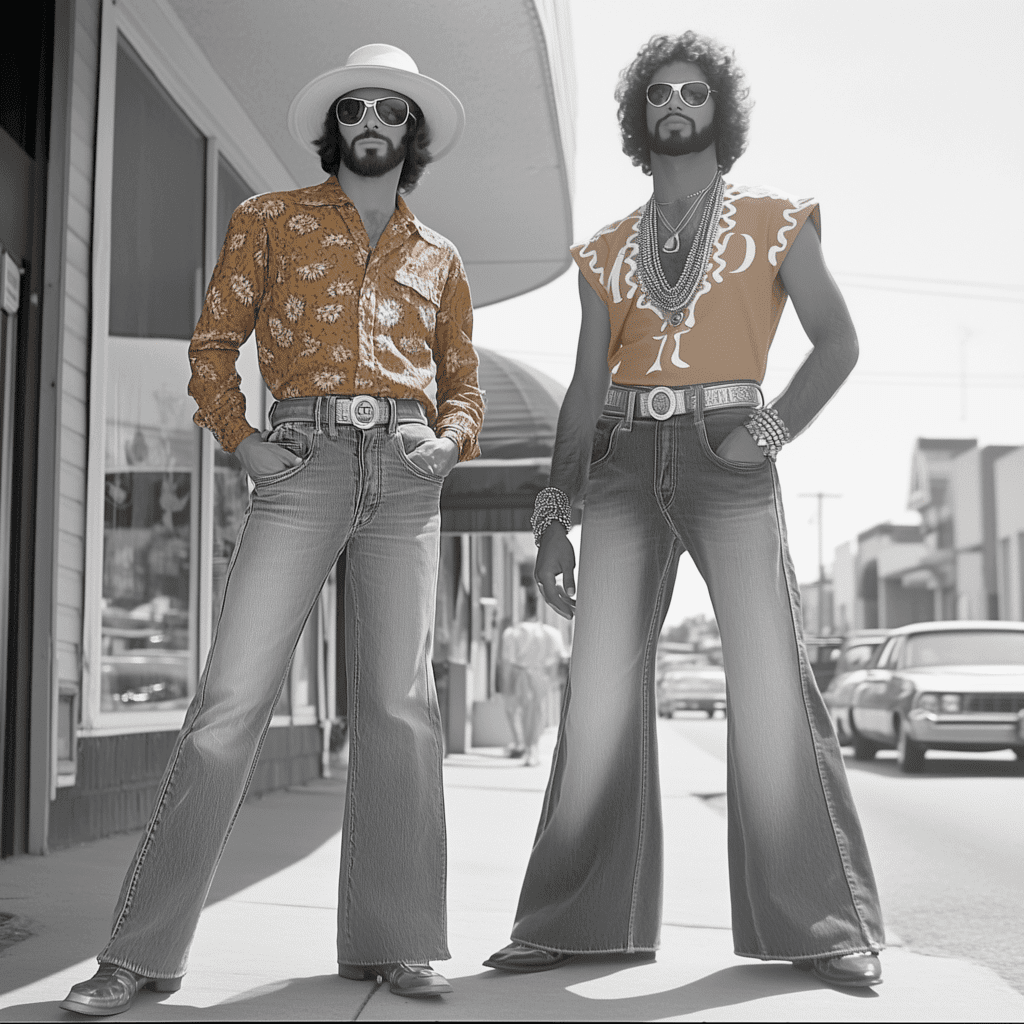
The magic of flared jeans and bell bottoms was in the silhouette. Tight from the waist to the knee, they dramatically flared out toward the bottom, swishing with every step and practically demanding attention. In an age where dancing wasn’t just an option but a necessity, these pants made perfect sense. Whether you were doing “The Hustle” or boogying at Studio 54, bell bottoms caught the light — and eyes — as you spun on the floor.
Famous faces led the charge.
The list of bell-bottom devotees reads like a who’s who of 70s icons. Cher rocked them on stage with dazzling rhinestones and fringe, turning every performance into a statement. Sonny Bono, her musical and TV partner, matched her step for step in his own flared ensembles. Over in the UK, David Bowie pushed gender boundaries in glittering and wildly patterned flared trousers that became glam rock essentials.
In the world of TV and film, bell bottoms were everywhere. John Travolta’s white bell-bottom suit in Saturday Night Fever (1977) became a pop culture milestone. The scene of him strutting down Brooklyn streets while “Stayin’ Alive” plays has been endlessly referenced and parodied (funny fact: even cartoon characters like Homer Simpson and Peter Griffin have donned white disco suits in tribute!).
Even ABBA made bell bottoms part of their trademark look — theirs often paired with matching boots and flowy blouses. Their Eurovision-winning appearance and global tours helped cement the style worldwide. And over in California, Farrah Fawcett’s famous poster, where she wore flared jeans with a simple red swimsuit top, sold over 12 million copies and became the pin-up look of the era.
Matching past news:
By the mid-70s, bell bottoms weren’t just popular — they were almost unavoidable. A 1976 New York Times article even bemoaned the “bell bottom fatigue” affecting department stores, with some wondering if pants could get any wider. Spoiler alert: they did — briefly — before skinny jeans came roaring back in later decades.
Of course, as with every bold trend, there were some humorous drawbacks. Stories abound of bell-bottom wearers accidentally soaking their hems in puddles, tripping on oversized flares, or getting them caught in bicycle chains. But for most, these were small prices to pay for the look that defined a generation.
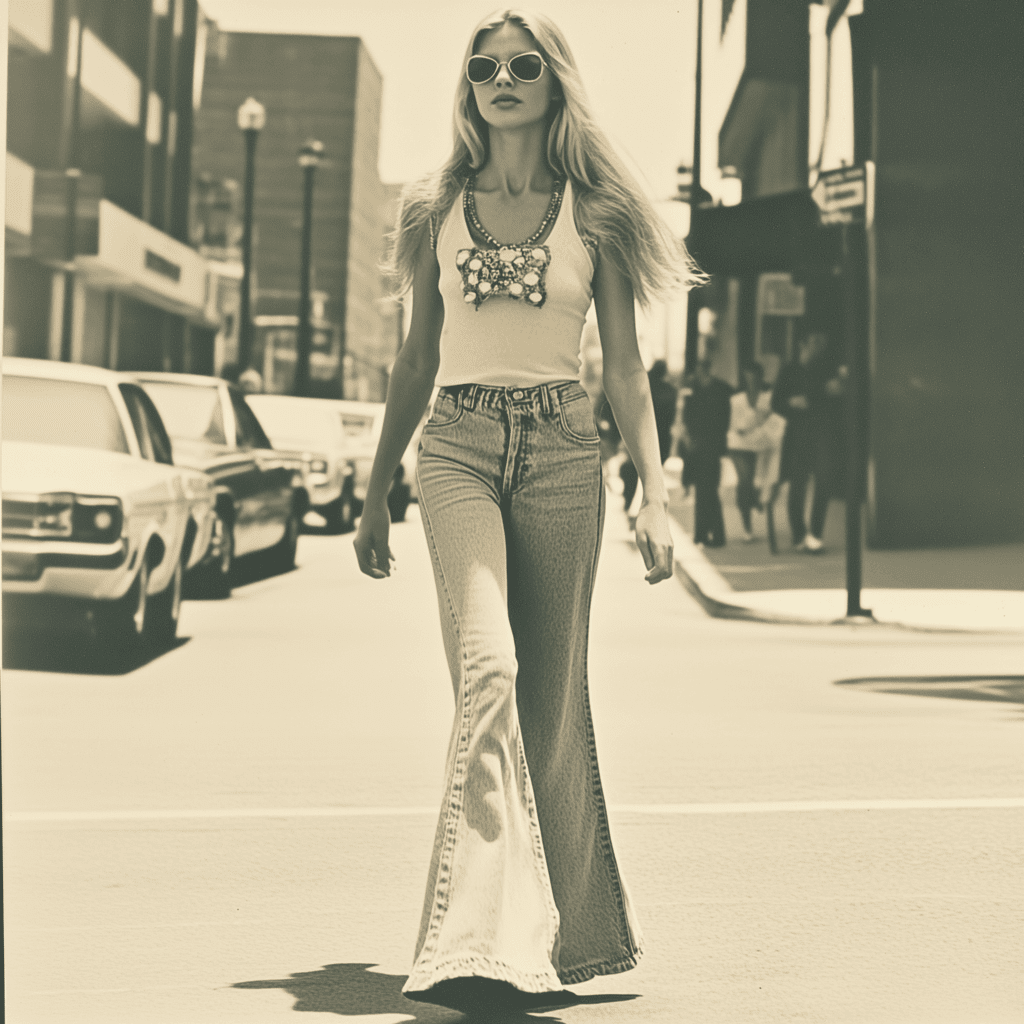
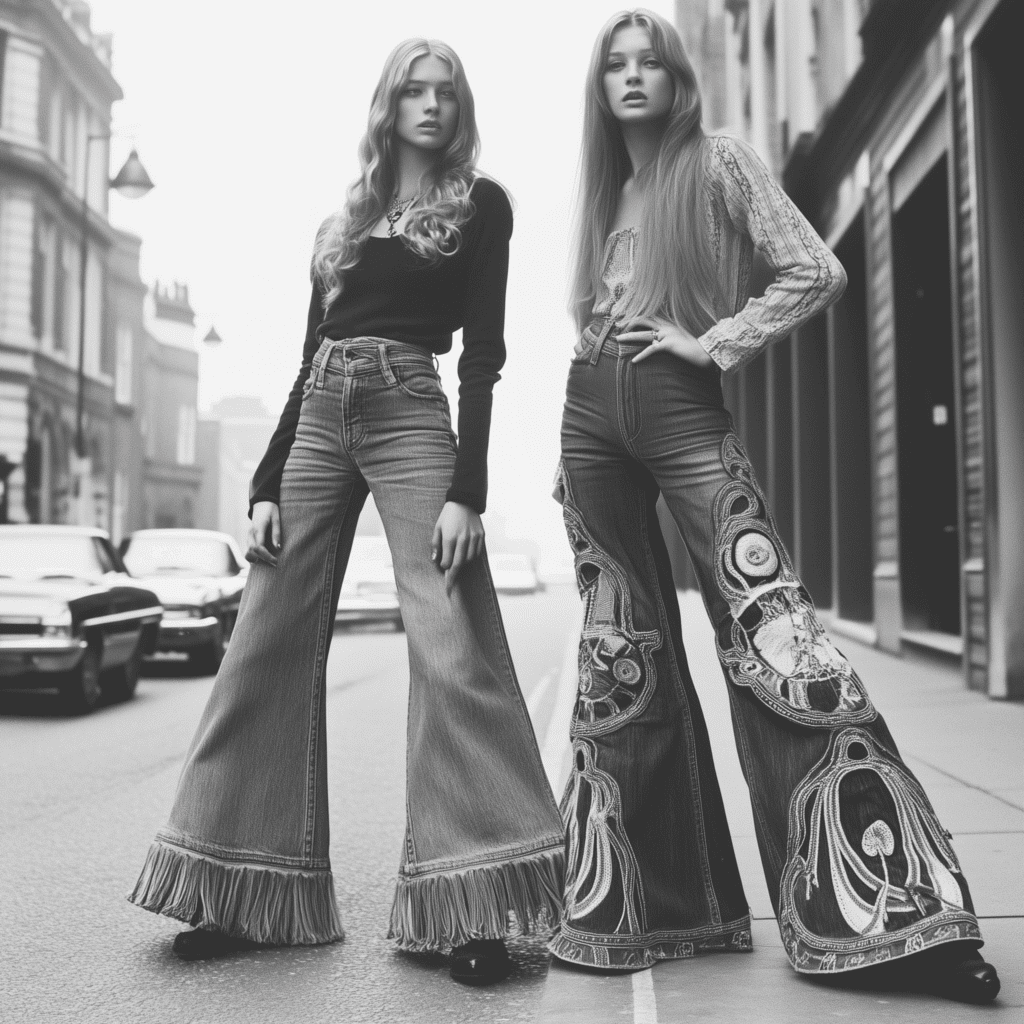
Today, flared jeans and bell bottoms are no longer mandatory, but they resurface often — from 90s rave culture to 2020s fashion revivals. Why? Because they’re fun, they move, and they remind us of a time when fashion danced right along with the music.


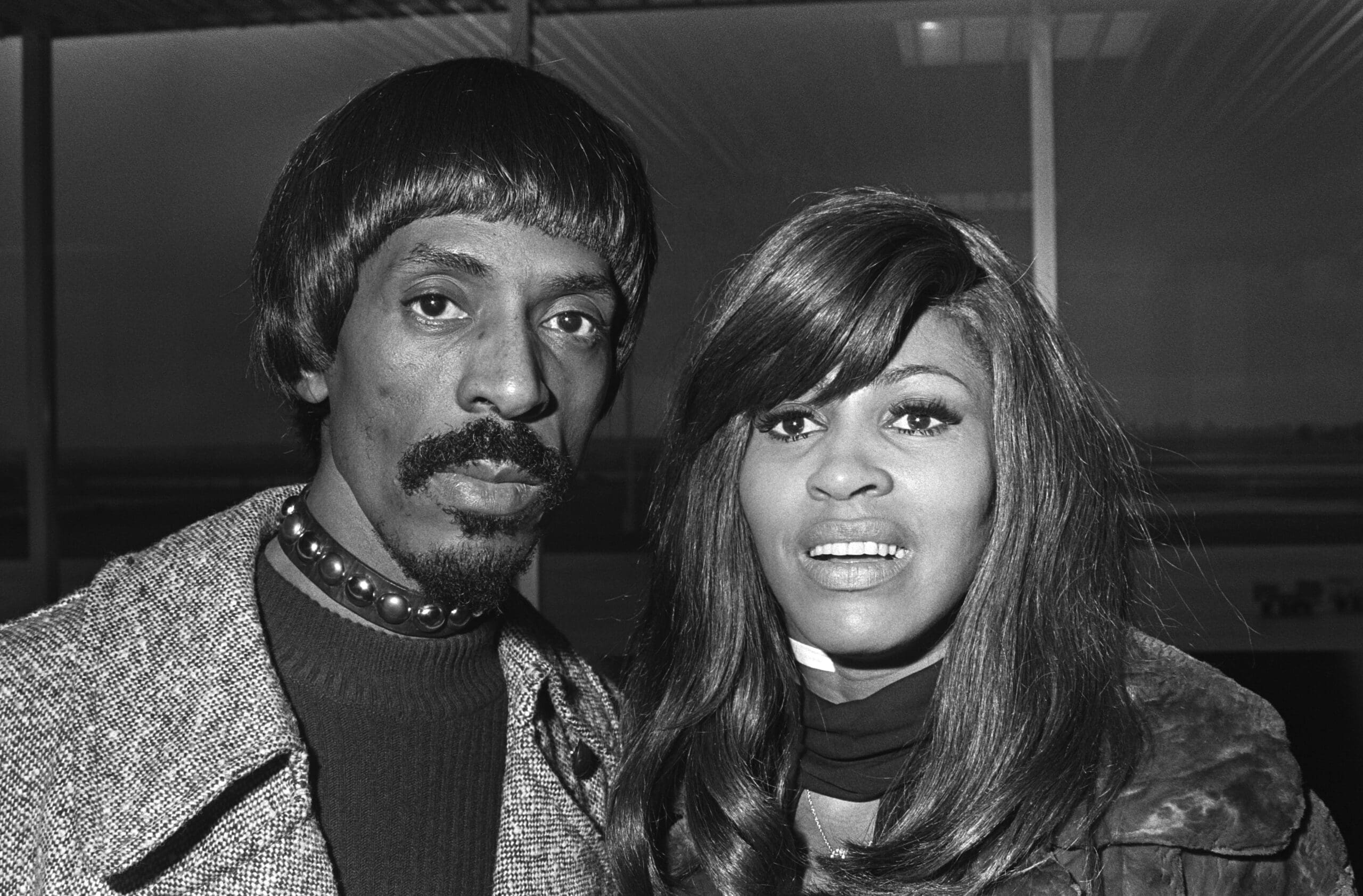
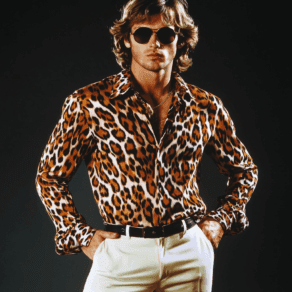


Leave a Comment